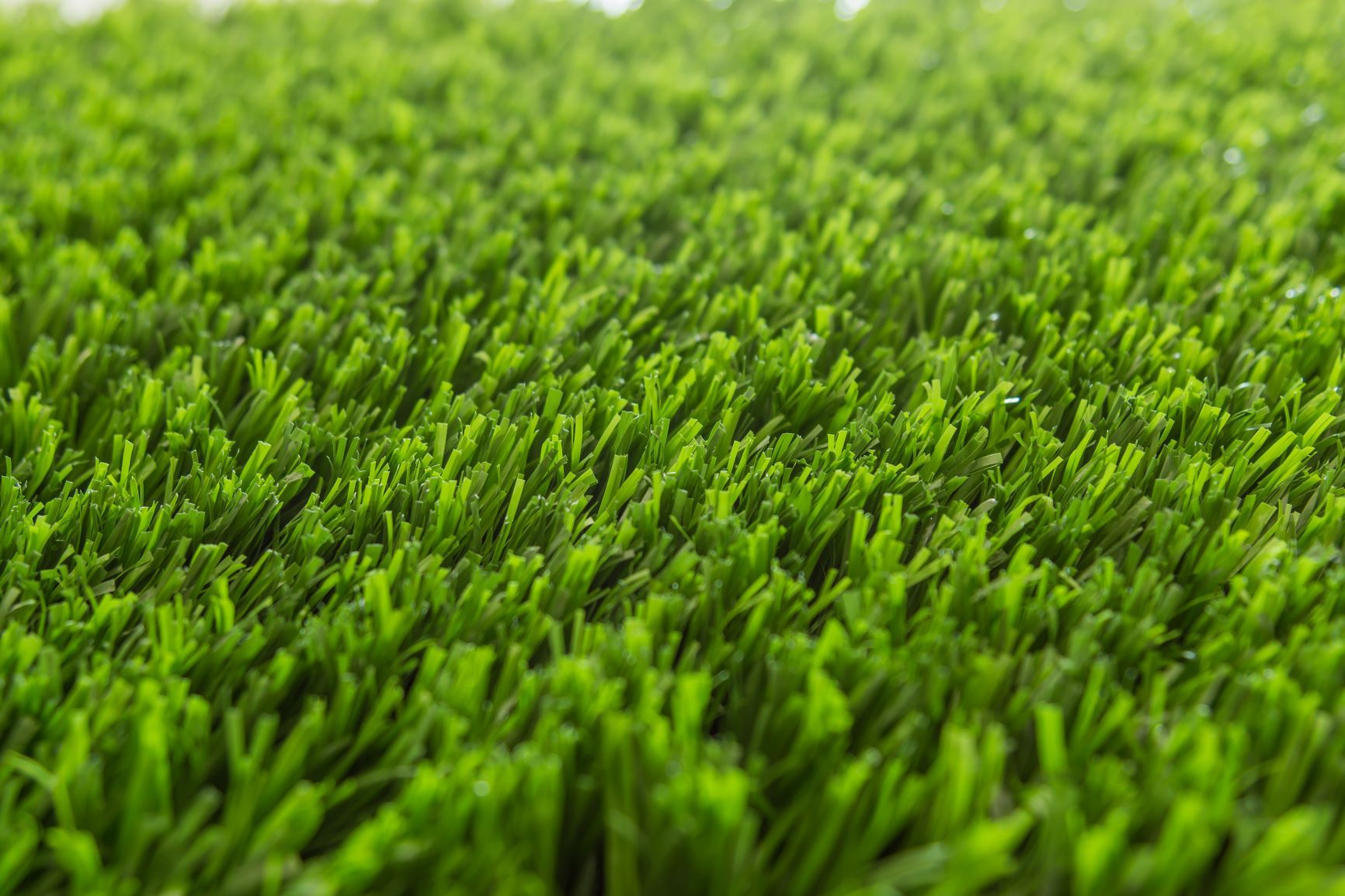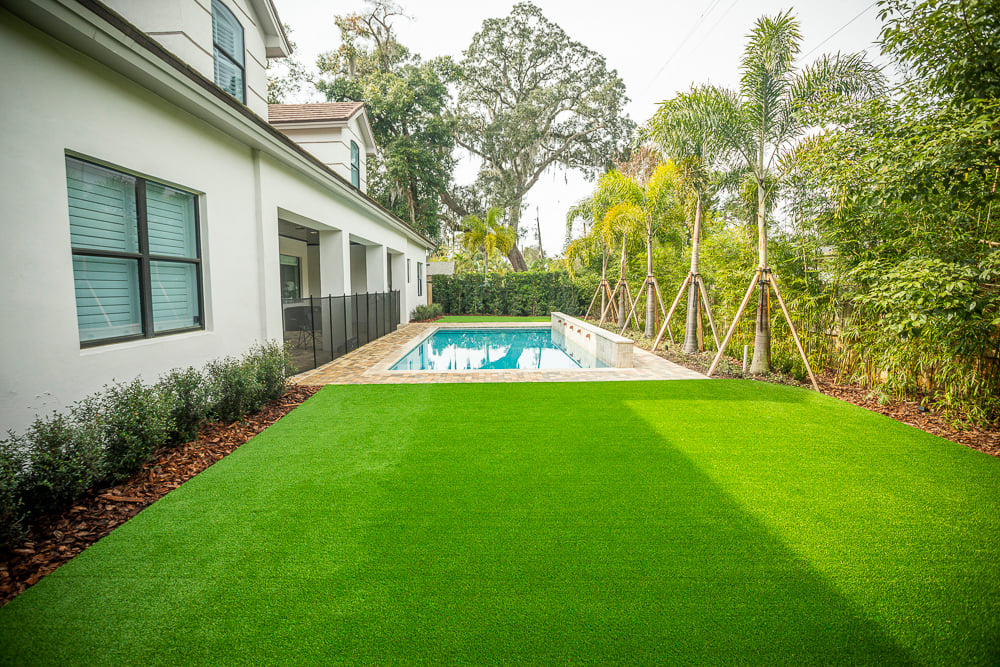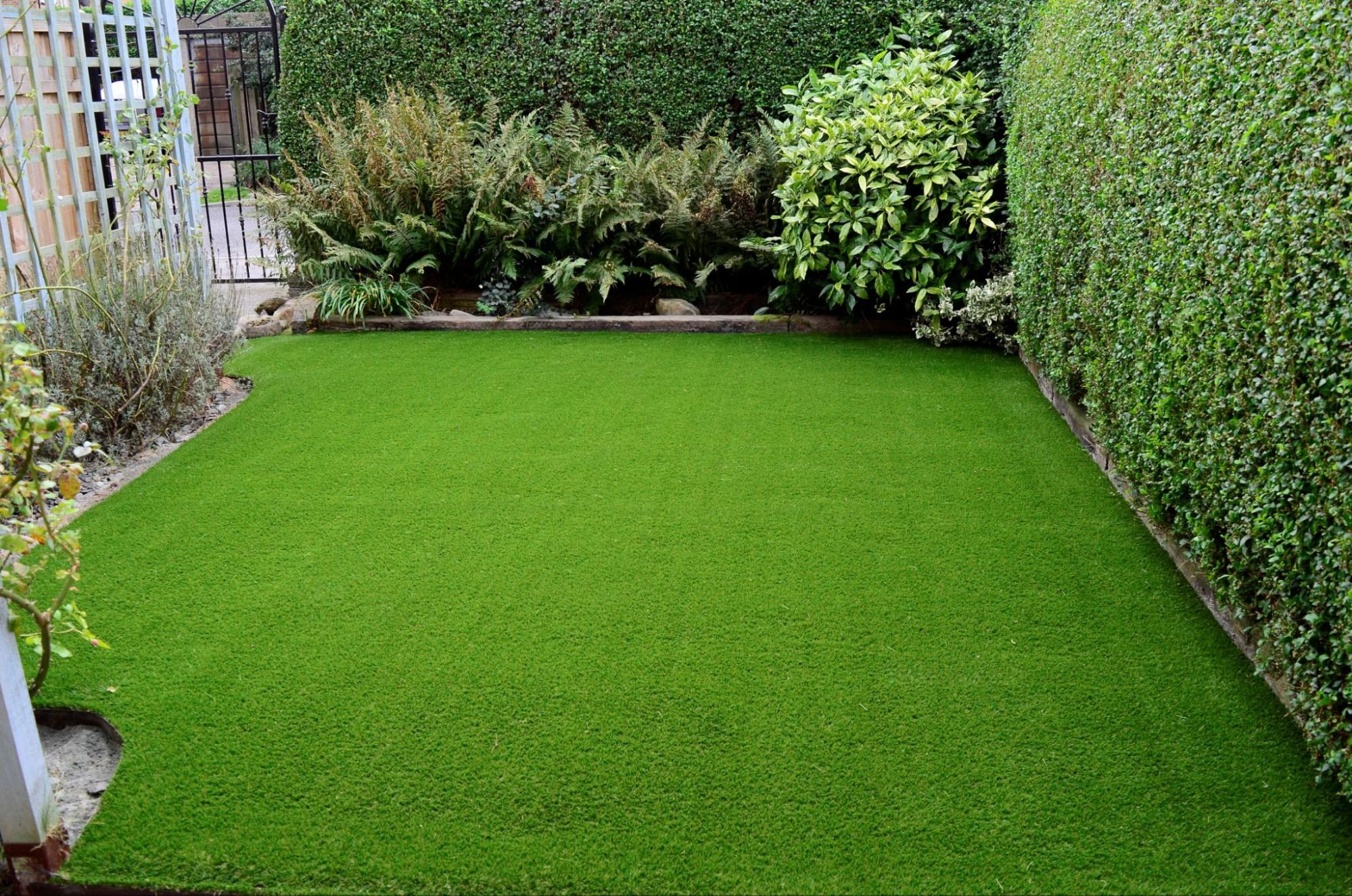Durable Arizona Artificial Turf for Home and Commercial Applications
Durable Arizona Artificial Turf for Home and Commercial Applications
Blog Article
See Why Homeowners Prefer Artificial Lawn for Lasting Landscaping Practices
As homeowners significantly prioritize sustainability in landscape design, synthetic lawn has arised as a compelling option to conventional grass. What stays to be discovered is the full range of advantages that synthetic lawn can use to property owners and the setting alike.
Water Conservation Advantages
Among the most considerable benefits of synthetic lawn is its role in water conservation. Standard yard lawns need considerable quantities of water to preserve their lush appearance, often resulting in overuse of regional water sources, especially in arid regions. On the other hand, synthetic grass removes this demand completely, as it does not need watering. This not just saves water yet additionally decreases the pressure on metropolitan water supply, specifically throughout dry spell problems.
Furthermore, the installation of synthetic grass can add to an extra lasting landscape. Home owners can significantly lower their water bills, permitting reallocation of sources to various other environmental initiatives or household uses. Additionally, synthetic grass is created to stand up to various weather problems without the requirement for additional watering, making it a perfect choice for areas dealing with water scarcity.
The ecological benefits expand past immediate water financial savings. By minimizing water usage, synthetic grass assists to mitigate the influences of climate change, protecting important ecosystems that are endangered by excessive water removal. As sustainable landscape design practices get traction, fabricated grass becomes a liable option for home owners seeking to develop environment-friendly outside rooms.
Decreased Upkeep Efforts
Synthetic grass substantially lowers maintenance efforts contrasted to traditional lawn yards. With artificial turf, home owners can remove the lengthy jobs related to natural landscaping, such as mowing, fertilizing, and weeding. This not just conserves beneficial time but likewise lowers physical labor, making grass care available for people of every ages.
Among one of the most notable advantages is the absence of routine mowing. Typical grass call for frequent trimming to maintain a visually pleasing height, whereas synthetic grass continues to be continually lush without the need for cutting. Additionally, property owners no more require to use chemicals or plant foods, which are usually called for to maintain all-natural lawn healthy and balanced. This change not just lightens the workload but also promotes a neater, more consistent appearance year-round.
Furthermore, synthetic grass is sturdy and durable, requiring marginal upkeep past occasional cleaning and rinsing to get rid of debris. This ease of upkeep allows home owners to enjoy their exterior rooms without the consistent worry of maintenance, providing even more time for leisure and household activities. Inevitably, the minimized upkeep efforts related to fabricated grass make it an appealing option for those seeking a low-maintenance, aesthetically appealing landscape.

Ecological Impact Reduction
There is an expanding acknowledgment of the ecological advantages connected with synthetic grass, specifically in here are the findings terms of water conservation and minimized chemical use. Conventional grass require considerable amounts of water, specifically in drought-prone regions, causing raised pressure on neighborhood water resources. On the other hand, man-made grass gets rid of the requirement for irrigation, significantly minimizing water consumption and promoting sustainability.
Additionally, standard grass upkeep frequently involves the application of herbicides, chemicals, and plant foods, which can add to soil and water pollution. Fabricated grass reduces this ecological hazard by calling for minimal upkeep and practically removing the demand for harmful chemicals. This not only improves soil health and wellness however likewise protects regional environments from toxic drainage.
Moreover, the manufacturing of all-natural yard yards generally includes the use of nonrenewable fuel sources for cutting and landscaping equipment, additional adding to greenhouse gas discharges. By selecting synthetic grass, home owners can significantly decrease their carbon footprint connected with grass treatment activities.
Visual Appeal and Versatility
In addition to its ecological advantages, synthetic grass offers significant aesthetic appeal and versatility for landscaping. Home owners can achieve a lavish, environment-friendly appearance year-round, eliminating the seasonal variations generally linked with natural yard. This regular aesthetic not only improves the visual charm of a building however additionally adds to a sleek and properly maintained appearance.
In addition, synthetic lawn is available in a variety of colors, textures, and designs, allowing for modification to match private choices and layout themes - Arizona turf. Whether utilized in property gardens, industrial areas, or recreational areas, it can perfectly incorporate into diverse landscaping styles, from modern-day minimal to lavish exotic setups
The versatility of synthetic grass expands past plain look; it can be mounted in different areas, including rooftops, patios, and even interior rooms, developing chances for one-of-a-kind landscaping options. In addition, it appropriates for a range of activities, from youngsters's backyard to pet-friendly atmospheres, supplying capability without click now endangering style.
Inevitably, the visual appeal and convenience of synthetic grass make it an eye-catching alternative for home owners seeking lasting landscaping remedies that do not give up charm for ecological duty.

Long-Term Price Savings
One of the most engaging advantages of fabricated turf is its capacity for lasting expense financial savings. Unlike natural turf, which requires routine maintenance-- including mowing, watering, fertilizing, and parasite control-- artificial grass significantly reduces these ongoing expenses.
Additionally, synthetic turf has a life expectancy of 15 to 25 years, relying on its quality and usage. This sturdiness reduces replacement costs, making it a much more cost-effective option in the future. The preliminary investment in artificial grass my website can typically be recouped with the savings built up over time.
While the upfront price might appear greater contrasted to sod installment, the cumulative financial savings from decreased maintenance and water usage frequently surpass these initial expenses. Ultimately, the fostering of man-made grass not just promotes a sustainable landscaping service but likewise offers property owners a monetarily wise choice that aligns with lasting budgeting goals.
Verdict
Synthetic lawn arises as a compelling choice for lasting landscape design, providing substantial advantages in water conservation, lowered upkeep initiatives, and lessened environmental influence. As areas increasingly focus on environmentally friendly techniques, the adoption of artificial turf represents a dynamic step toward attaining sustainable and resistant landscapes.
In addition, synthetic turf is designed to withstand various climatic problems without the requirement for extra watering, making it a suitable selection for regions encountering water shortage. (Arizona artificial turf)

Fabricated lawn arises as an engaging choice for sustainable landscape design, using substantial benefits in water conservation, decreased upkeep initiatives, and diminished environmental effect.
Report this page